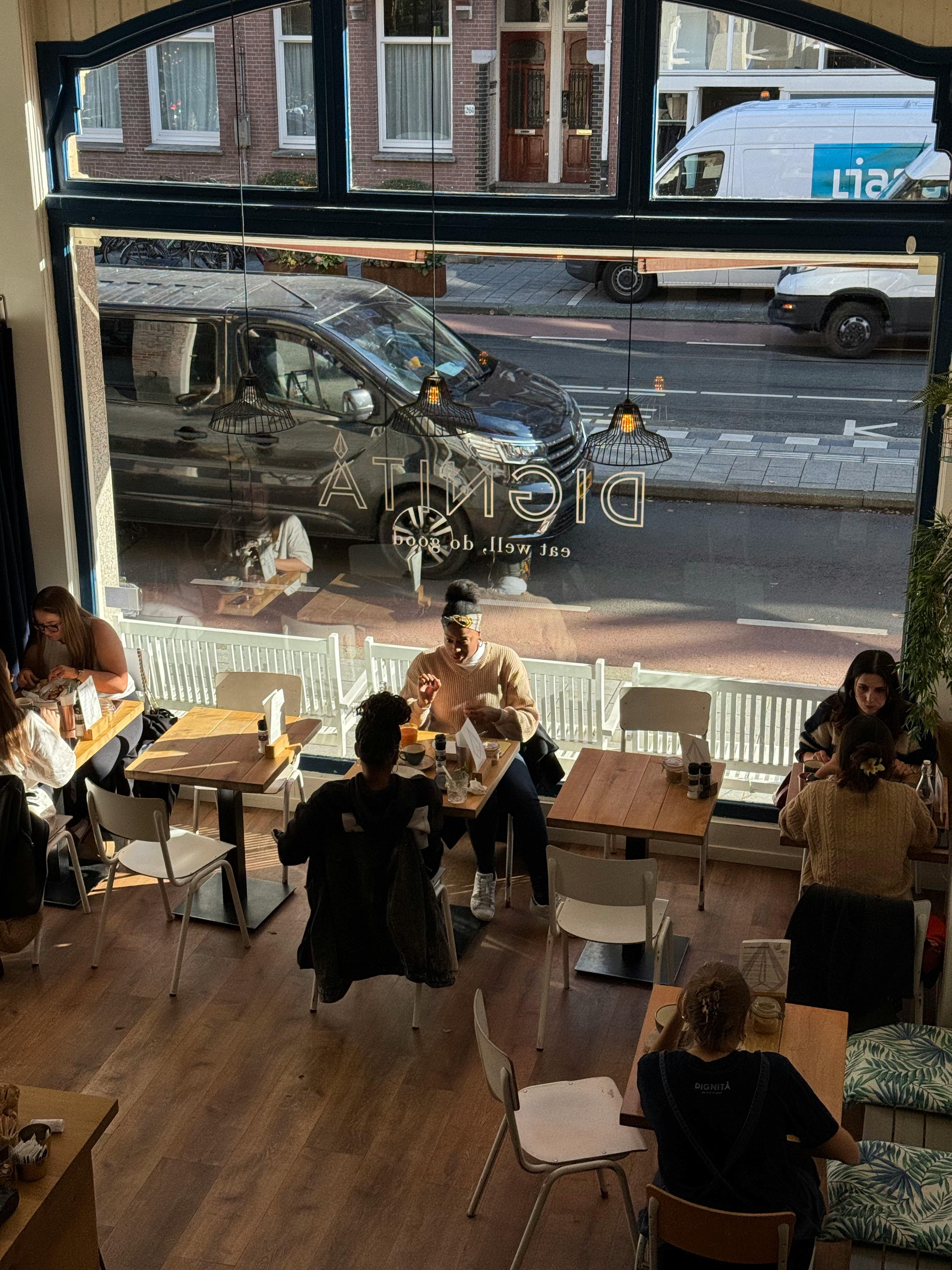Seven Small Design Tweaks That Boost Table Turnover (Without Rushing Your Guests)

When you run a busy restaurant or bar, minutes matter. Reducing average table time by even 6–8 minutes can add dozens of extra covers per night—without compromising the guest experience. At Premier Utilities, our hospitality team has tested countless floor-plan tweaks, service cues, and ambient upgrades across multiple venues. Below are seven low-cost adjustments that consistently trim dwell time without making diners feel hurried.
1. Shrink—or Remove—Two-Top Tables
Why it works:
Two-tops are often wider than they need to be, creating dead space that servers and guests must navigate. Switching to 600 mm-wide tables (or a slim counter along one wall) lets you tighten the flow and seat walk-ins faster.
Quick win:
Keep a half-dozen small “flex” tables on casters. They push together for groups or split apart for couples at peak.
2. Move Payment to the Table Edge
Why it works:
Waiting for a card machine costs valuable minutes. Clip a compact, wireless terminal holster under the table edge or bar ledge; servers can complete the transaction as they clear plates, eliminating the “Can I grab the card reader?” delay.
Premier proof:
At our TruePOS-equipped venues, this tweak shaved an average of 3 minutes off close-out time per table.
3. Use Task Lighting to Nudge Pace
Why it works:
Research shows brighter, cooler lighting increases alertness and shortens perceived time. Warm, low light encourages lingering.
How to apply:
• Raise ambient light slightly during peak turnover hours (e.g., 7–9 p.m.).
• Keep accent lights on bar or feature walls to maintain atmosphere.
4. Simplify the Physical Menu
Why it works:
Overloaded menus cause choice paralysis. A curated one-pager—plus a QR code for extended options—helps guests order quicker.
Pro tip:
Group dishes by prep time. Highlight “ready in 10” items to balance kitchen load and speed early tables.
5. Stage Water & Condiments Pre-Arrival
Why it works:
Every back-and-forth to fetch sauces or extra napkins adds micro-delays. Pre-set essentials in a slim caddy that doubles as table décor.
Savings:
Servers at our flagship bar reported 12 fewer trips per shift after adopting caddies, freeing them to greet new tables sooner.
6. Add Subtle Circulation Cues
Why it works:
Guests subconsciously follow spatial signals. A patterned runner or directional floor tile guides traffic toward the exit and hostess stand, smoothing transitions.
Execution:
Choose a material that visually contrasts with the main flooring but matches your palette—easy to retrofit and deep-clean.
7. Display the Dessert Menu Early
Why it works:
When guests decide on dessert while eating mains, there’s no dead time post-entrée. Place a small dessert tent or circulate a tray preview midway through the meal.
Data point:
Across three Premier venues, tables seeing dessert prompts early closed out 7 minutes faster on average—without drop-off in sweet sales.
Putting It All Together
None of these tweaks alone will transform your turnover, but together they create a friction-less guest journey:
- Streamlined arrival (smaller tables, clear pathways)
- Efficient ordering (short menu, visible desserts)
- Faster payment (table-edge terminals)
The result is a dining room that feels relaxed yet purposeful—guests enjoy the full experience, and you seat the next party sooner.
Ready to test these ideas in your own venue? Reach out to Premier Utilities Hospitality Consulting for a complimentary floor-flow audit and see how a few smart changes can unlock extra covers—no renovation required.
